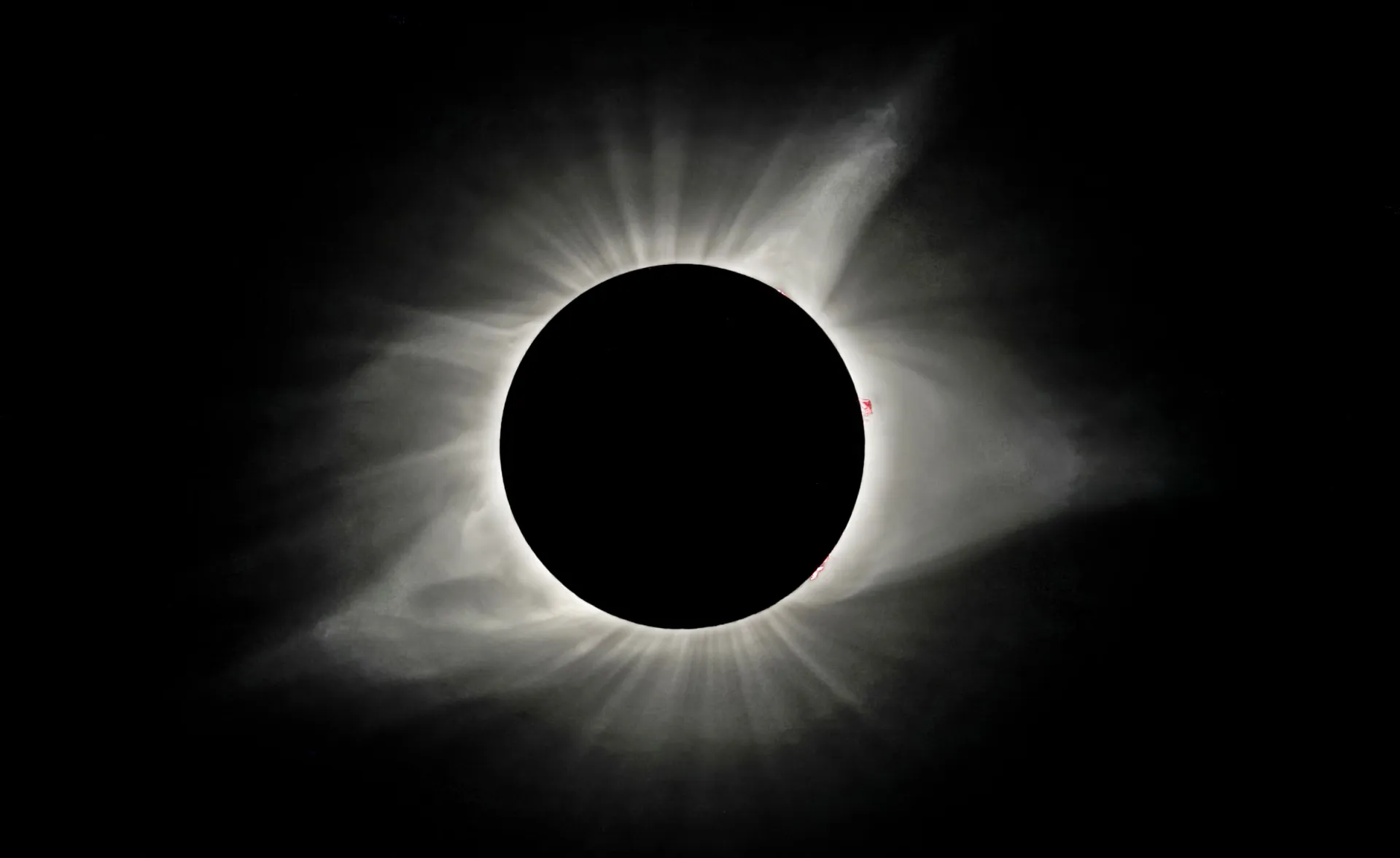You can experience the upcoming April 8 total solar eclipse without leaving your home. This celestial event will carve a path spanning 2,000 miles across the United States in just over an hour enveloping a vast region from Texas to Maine in near darkness. While only a portion of the continental U.S. along with Hawaii and a part of southern Alaska will witness partial occlusion.

Everyone can enjoy the phenomenon through an interactive simulation. This eclipse marks the second time in seven years that such a rare celestial occurrence has graced a significant portion of the nation. The previous total solar eclipse in August 2017 traced a similar path from Oregon to South Carolina.
A quadrangle of about 9,286 square miles centered on southern Illinois has been doubly blessed with two complete solar eclipses in less than a decade making its residents the envy of many stargazers. TIME’s solar eclipse simulation utilizes precise coordinates for the sun, Earth, and moon obtained from NASA’s SPICE toolkit, calculated in the J2000 reference frame centered on Earth.
Rather than computing the exact eclipse timings for thousands of locations their’s simulation generates a real-time 3D experience using video game programming techniques. This includes adjusting the viewer’s perspective as the Earth rotates during the eclipse resulting in the moon’s curved trajectory across the sky.
To enhance the simulation’s visual accuracy they slightly amplify the darkness experienced during a partial eclipse by adding subtle ambient light and it allows for better visibility of the moon’s surface details. Any minor discrepancies in eclipse timings compared to other sources are likely due to slight variations in calculation location or differences in accounting for the time it takes for light to travel from the sun to Earth.
Leave a Reply